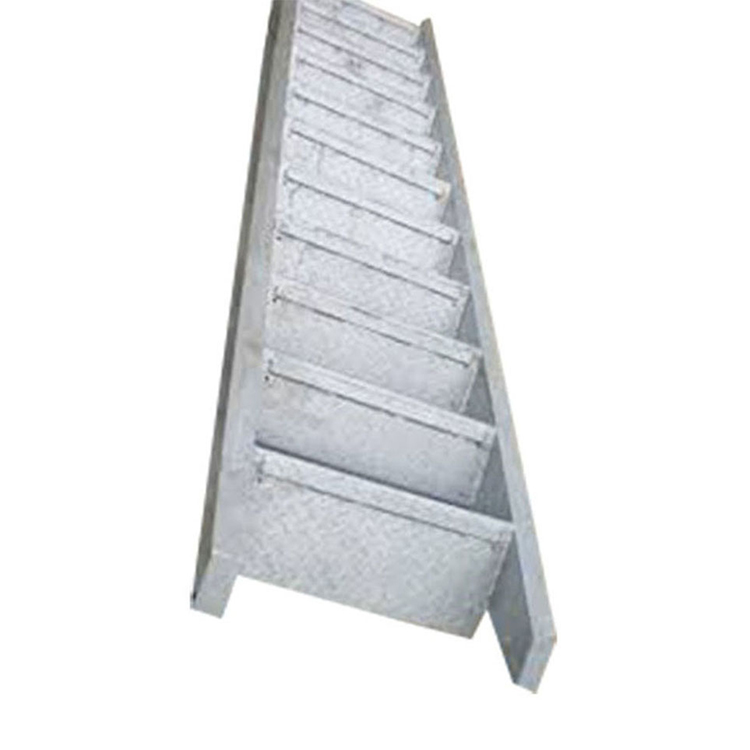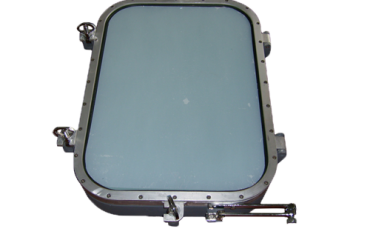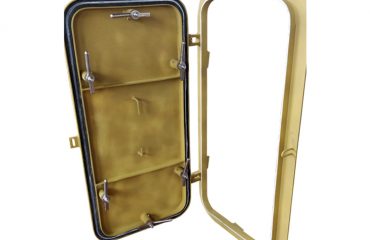Marine ladders are critical safety and access tools for vessels of all sizes—from small boats to large cargo ships—designed to withstand the harsh conditions of saltwater, extreme weather, and constant motion. Unlike standard industrial ladders, they must balance durability, slip resistance, and compliance with maritime regulations to protect crew members, passengers, and maintenance workers. Understanding their specialized types, environmental resilience, and safety protocols reveals why they are indispensable in marine operations.
A key aspect of marine ladders is their type-specific design for unique marine tasks. Gangway ladders, for example, are extendable, hinged structures used to connect ships to docks or other vessels. They feature adjustable lengths to accommodate changing tide levels and often include handrails with non-slip grips to prevent falls during boarding. Pilot ladders, by contrast, are lightweight yet sturdy, designed specifically for pilots to climb aboard ships from small boats (pilot boats) before the vessel reaches port. These ladders have narrow rungs spaced to fit standard pilot boots and are secured with weighted lower ends to keep them stable in rough water. For internal ship access, vertical ladders with cage enclosures are common—they line cargo holds or engine rooms, providing safe climbing paths while protecting users from falling objects or equipment.

Marine ladders are engineered to resist extreme marine environments, a challenge that sets them apart from land-based ladders. Saltwater corrosion is the biggest threat, so most ladders are made from corrosion-resistant materials like 316 stainless steel, aluminum alloy, or fiberglass-reinforced plastic (FRP). 316 stainless steel, with its molybdenum content, offers superior resistance to saltwater compared to standard 304 stainless steel, making it ideal for ladders exposed to constant seawater spray. FRP ladders, meanwhile, are lightweight and non-conductive—perfect for areas near electrical equipment on ships, where metal ladders could pose shock risks. Additionally, ladder rungs are often coated with rubber or textured materials to maintain slip resistance even when wet, a critical feature during rain, waves, or deck washing.
Safety compliance is non-negotiable for marine ladders, as they must meet international maritime regulations to ensure user protection. The International Maritime Organization (IMO) sets global standards, such as requiring pilot ladders to have at least 9 rungs (excluding the top and bottom steps) and limiting rung spacing to 300mm to prevent fatigue during climbs. The Occupational Safety and Health Administration (OSHA) in the U.S. also mandates regular inspections—ladders must be checked for bent rungs, loose fasteners, or corrosion every 6 months, with damaged ladders taken out of service immediately. Another key regulation is load capacity: marine ladders are rated for specific weights (typically 150–200kg) to ensure they do not fail under user or equipment weight, a critical consideration for crew members carrying tools during maintenance.
Innovations in marine ladder design are focused on enhancing usability and safety in dynamic conditions. One recent advancement is the “self-leveling gangway ladder,” which uses hydraulic systems to automatically adjust to uneven dock surfaces or changing tide heights, reducing the need for manual adjustments and minimizing trip hazards. For small boats, foldable marine ladders have become popular—they collapse into compact sizes for storage when not in use, saving space on crowded decks while still providing sturdy access to the water or docks. Some ladders also include integrated lighting systems, with LED strips along rungs and handrails to improve visibility during night operations, a feature that reduces fall risks in low-light conditions.

In summary, marine ladders are specialized tools that combine type-specific functionality, environmental resilience, and strict safety compliance to meet the demands of maritime operations. By choosing the right ladder type for the task, prioritizing corrosion-resistant materials, and adhering to regulatory standards, marine operators can ensure safe access for all users. As innovations continue to address dynamic marine conditions, marine ladders will remain a vital component of safe and efficient vessel operations.





